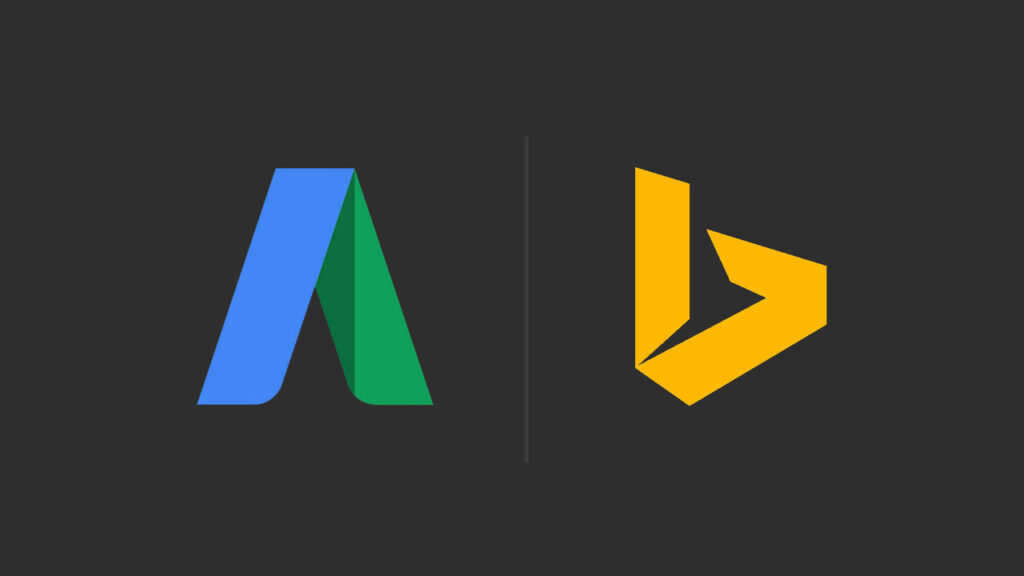
When it comes to online advertising, two giants dominate the landscape: Google Ads and Bing Ads. Both platforms offer powerful tools to reach potential customers, but they come with their own sets of features, strengths, and nuances. This blog will delve into the similarities and differences between Google Ads and Bing Ads, helping you make an informed decision about which platform best suits your marketing needs.
Similarities Between Google Ads and Bing Ads
1: Pay-Per-Click (PPC) Model
Both operate on a pay-per-click model, meaning advertisers pay each time someone clicks on their ad. This model ensures that your budget is spent only on users who express interest in your offering by clicking on your ad.
2: Ad Types and Extensions
Both platforms offer a variety of ad types, including text ads, shopping ads, and dynamic search ads. Additionally, both provide ad extensions such as sitelink extensions, call extensions, and location extensions, which enhance the visibility and functionality of your ads.
3: Targeting Options
Google Ads and Bing Ads offer robust targeting options, including demographic targeting, device targeting, geographic targeting, and scheduling. This allows advertisers to tailor their campaigns to reach the right audience at the right time.
4: Keyword Research and Management
Both platforms provide tools for keyword research and management, allowing advertisers to identify relevant keywords, monitor their performance, and adjust bids accordingly. Tools like keyword planners help advertisers find new keyword opportunities and optimize their campaigns.
5: Performance Metrics and Reporting
Google Ads and Bing Ads offer comprehensive performance metrics and reporting tools. Advertisers can track impressions, clicks, click-through rates (CTR), conversion rates, and return on investment (ROI), enabling them to measure the effectiveness of their campaigns and make data-driven decisions.
Differences Between Google Ads and Bing Ads
1: Market Share and Audience
Google Ads has a significantly larger market share compared to Bing Ads, commanding about 92% of the global search engine market as of 2023. This means that Google Ads can potentially offer a broader audience reach. However, Bing Ads, with its approximately 6% market share, still provides access to a substantial audience, particularly in specific demographics like older age groups and higher-income households.
2: Cost-Per-Click (CPC)
One of the most notable differences is the cost-per-click. Generally, Bing Ads tends to have a lower CPC compared to Google Ads. This can be advantageous for advertisers with a limited budget, as it allows them to achieve a higher number of clicks for the same spend.
3: Ad Network and Partners
Google Ads serves ads across a wide network, including Google Search, YouTube, and millions of partner websites through the Google Display Network. Bing Ads, on the other hand, displays ads across Bing, Yahoo, and AOL search networks, and its partner sites. While Google’s network is more extensive, Bing’s network still offers substantial reach.
4: Ad Placement and Positioning
Ad placement algorithms differ between the two platforms. Google Ads often has more competitive ad placements due to its larger user base and higher number of advertisers. Bing Ads can sometimes provide better ad positioning for the same keywords due to less competition, potentially improving visibility.
5: Interface and Usability
While both platforms offer user-friendly interfaces, some users find Google Ads to be more intuitive and feature-rich. Bing Ads, however, has made significant strides in recent years, offering a clean interface and comprehensive features that are often praised for their simplicity and ease of use.
6: Importing Campaigns
For those already running campaigns on Google Ads, Bing Ads offers a convenient feature to import campaigns directly from Google Ads. This can save time and effort, allowing advertisers to quickly replicate their successful Google campaigns on Bing.



Pingback: Youtube update monetization policy